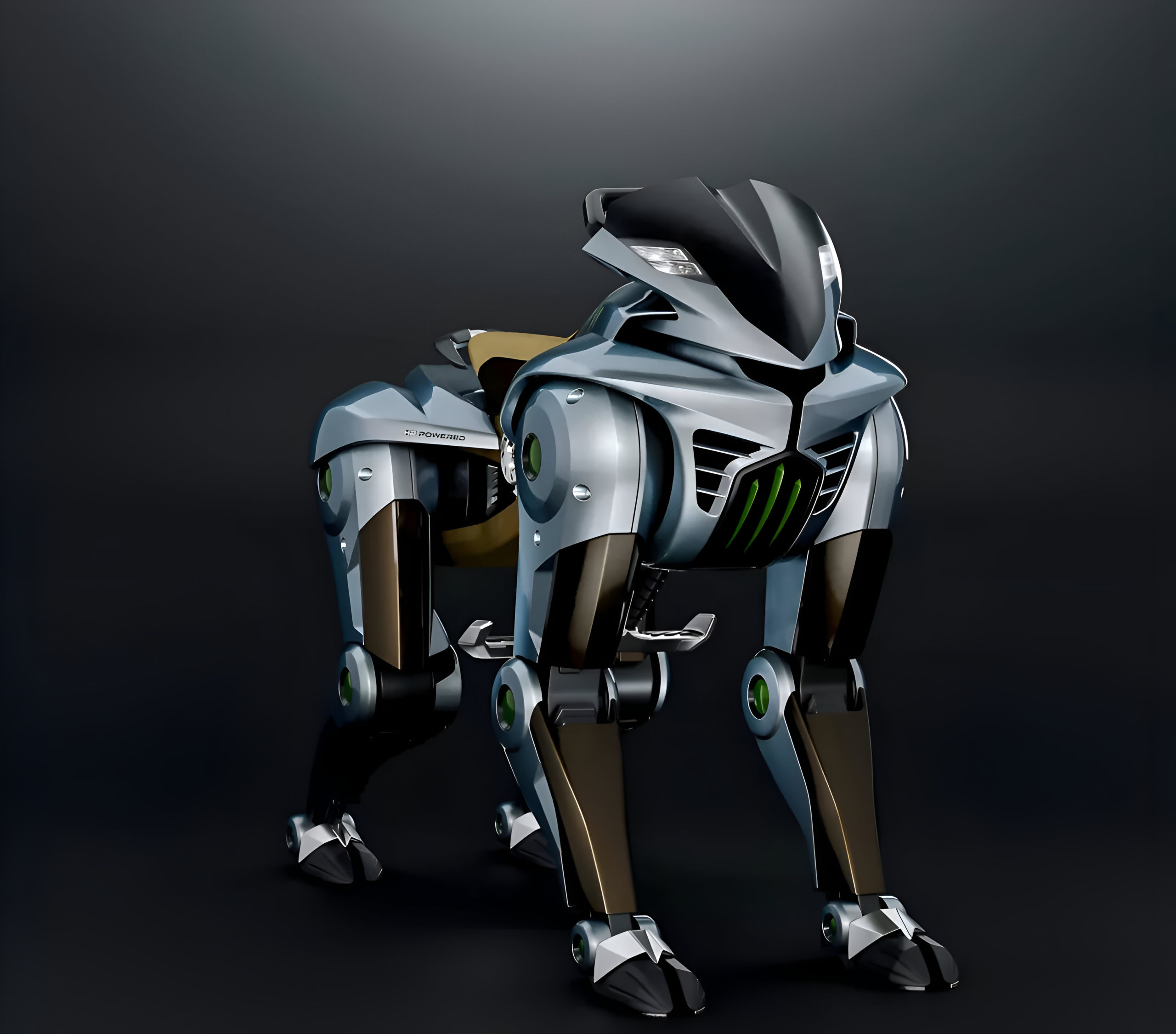James May collects cars like a historian hunting artifacts. He skips the horsepower bragging rights and shiny status symbols. Instead, his garage houses mechanical ingenuity and historical significance. The man values stories over speed.
His collection works like a mechanical museum where each vehicle has earned its spot through quirky history or engineering brilliance. From NASCAR-derived monsters to factory development mules, these aren’t just cars—they’re time capsules with wheels. Ready for the countdown of his 15 most fascinating automotive treasures?
15. 1963 Chevrolet Corvette Split Window (ZO6 Package) (Exterior)
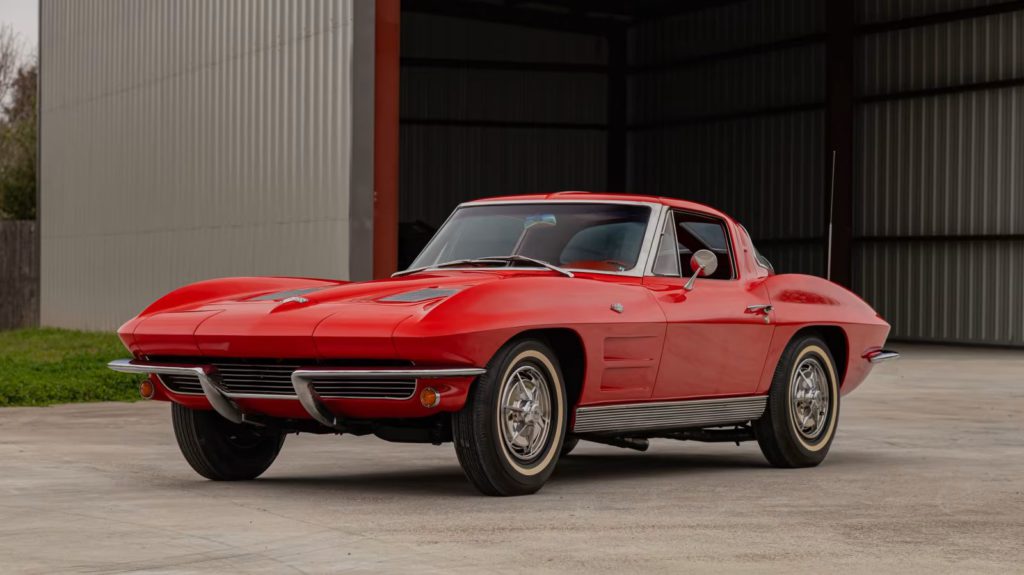
Only 199 examples of this American legend ever left the factory with the coveted ZO6 package, making it one of the rarest Corvettes in existence. These are the types of unbelievable vehicles you’ve probably never seen in person due to their scarcity. The rare ZO6 package makes this truly special. Its distinctive rear window design lasted just one model year due to visibility concerns; turns out seeing behind you is somewhat important in a car.
After sitting untouched in a Montana barn since 1975, this Corvette revealed a hidden treasure when May popped the trunk—the original dealer training film. Finding this was like discovering Elvis’s personal music collection tucked inside one of his jumpsuits. The film shows exactly how salespeople pitched this car when new.
1963 Chevrolet Corvette Split Window (ZO6 Package) (Interior)
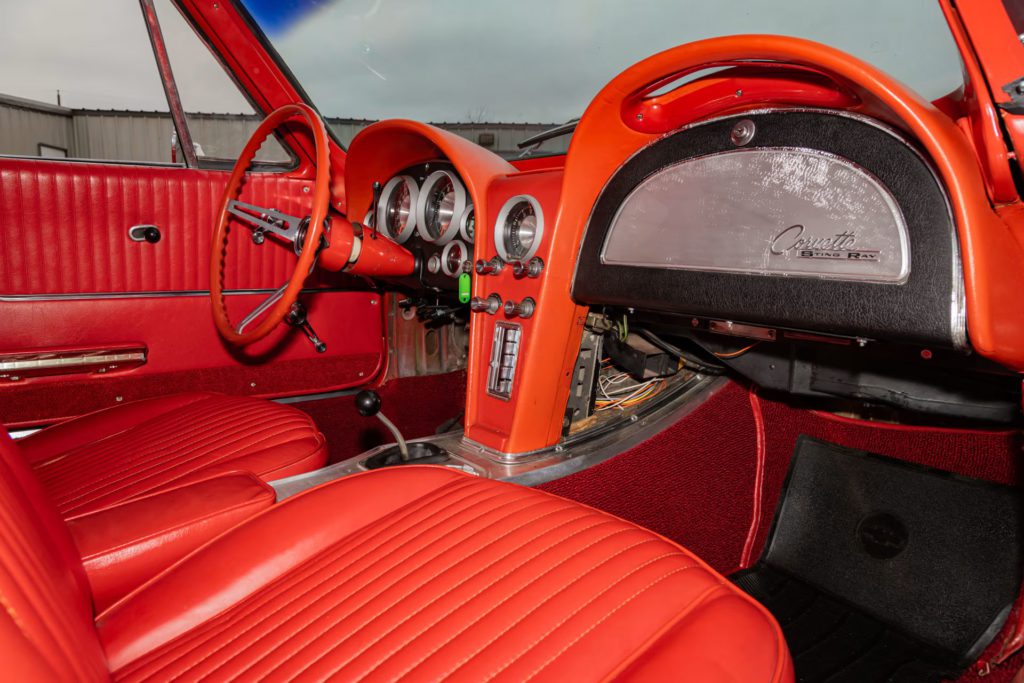
The cabin mixes hardcore racing equipment with luxury touches unusual for American cars of this era. The 327 cubic inch L84 V8 engine delivers 360 horsepower. Dashboard gauges monitor everything with the precision of a nervous mother checking a toddler’s temperature.
May tracked down period-correct interior materials with detective-like persistence. The restoration included hunting authentic seat fabric from a specialized upholstery archive. Every switch clicks and every dial turns exactly as it did when the car left the factory nearly six decades ago.
14. 1970 Plymouth Hemicuda Convertible (Exterior)
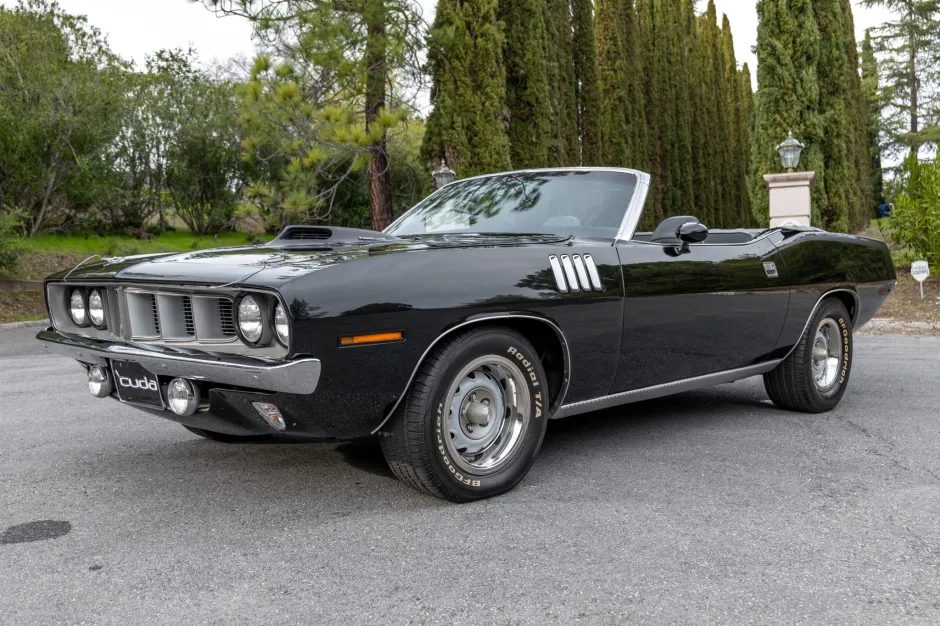
Most muscle cars sacrificed rarity for mass appeal, but the Hemicuda convertible solved this by being almost impossibly scarce with just 14 examples built. Only four featured a four-speed manual transmission. Rare? That’s like finding a penguin in the Sahara.
The Plum Crazy purple paint became May’s white whale during restoration. His search led to a retired Chrysler chemist who’d squirreled away the original formula. They mixed batch after batch until the color matched a factory sample. The paint shop staff probably still wake up screaming “more blue!” in the middle of the night.
1970 Plymouth Hemicuda Convertible (Interior)
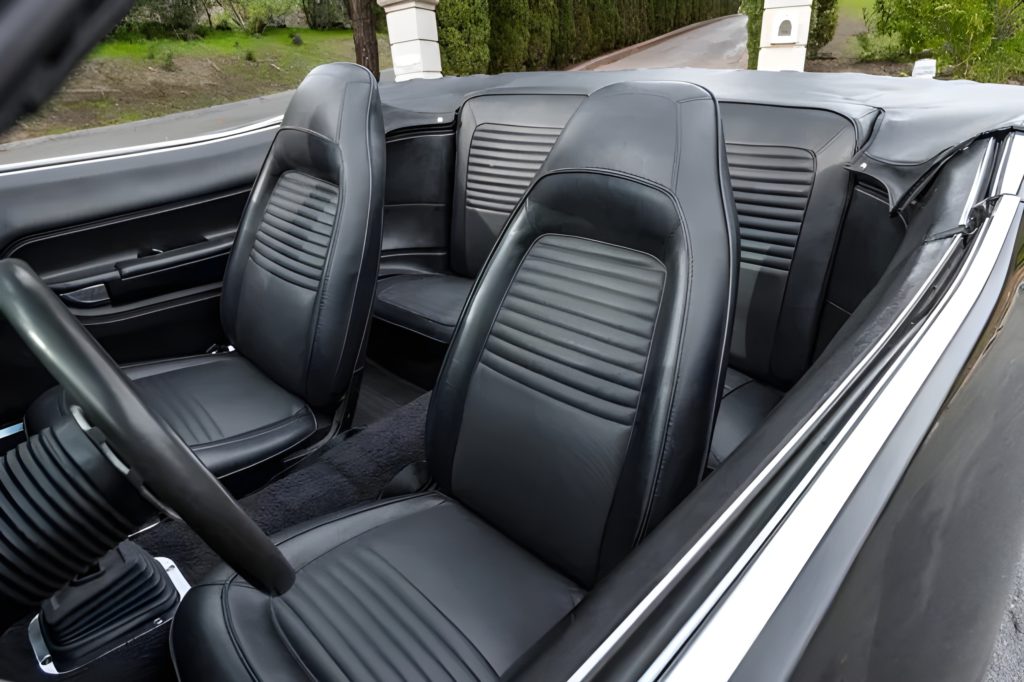
Discovered in a Wisconsin barn where it had hibernated since 1974, the interior survived remarkably well. The dashboard keeps things simple with no-nonsense gauges that tell you exactly how quickly you’re about to terrify yourself.
May preserved the original radio and heater controls despite their ergonomics (apparently designed by someone who’d never actually seen human hands). The shifter shows just enough wear to remind you that very few people have ever driven this beast. Black vinyl seats contrast with the psychedelic purple exterior like a business suit at a rave.
13. 1979 Carrera GT3 (Exterior)
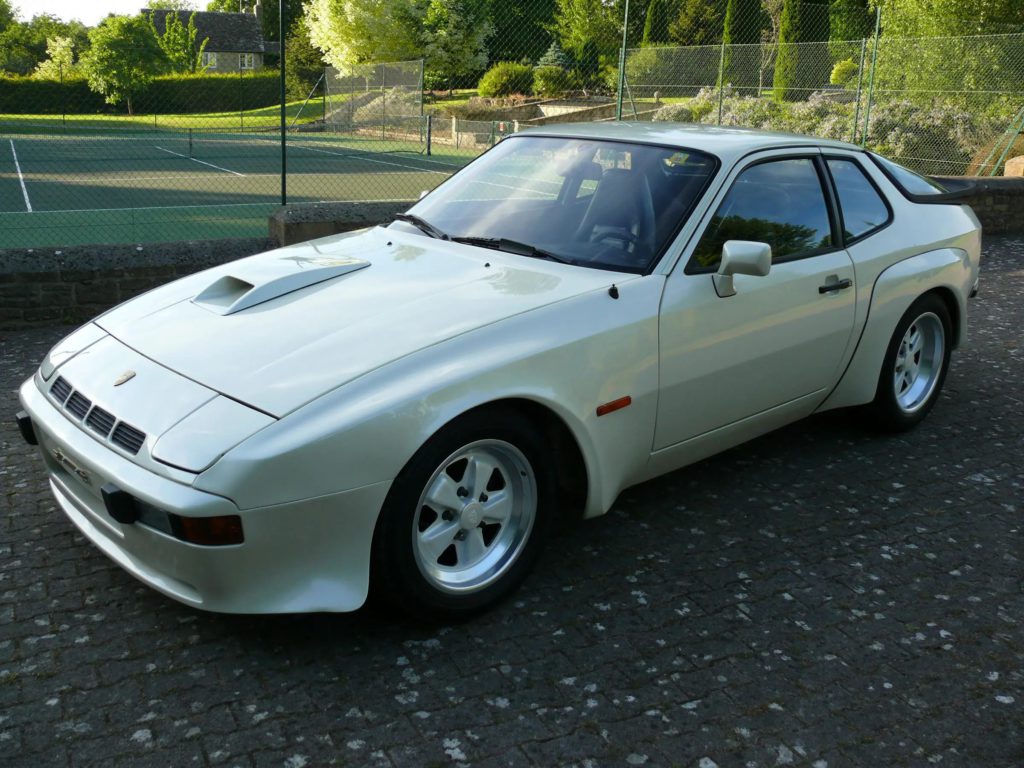
If you’re convinced modern Porsches have surpassed their ancestors in every way, this 1979 Carrera GT3 will permanently change your perspective. May bought it specifically to challenge smug owners of modern Porsches. The sculpted fenders and whale tail spoiler aren’t just for show—they’re early aerodynamic solutions that actually work.
Only 20 right-hand drive GT3s ever made it to the UK. Factory test tags still hang from various components like forgotten price tags on a wedding suit. These small details confirm its past life as a development mule in Porsche’s GT3 program. For Porsche nerds, this is the automotive equivalent of finding Excalibur.
1979 Carrera GT3 (Interior)
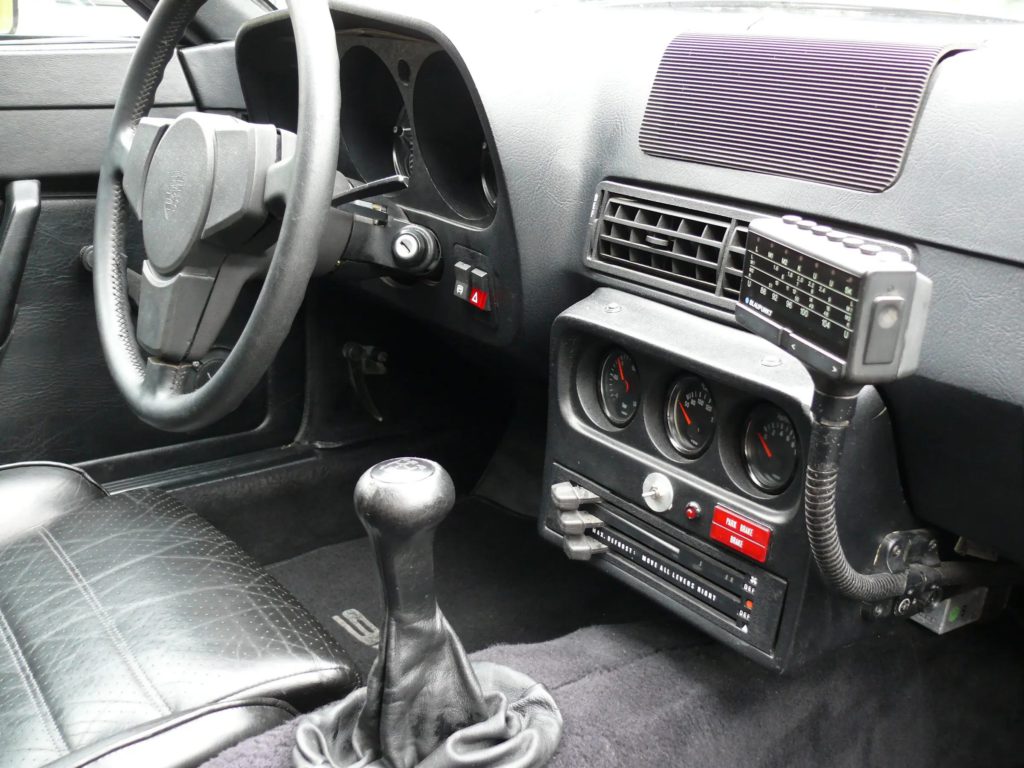
The cabin follows the German engineering handbook: function trumps luxury. Its 3.6-liter flat-six produces 380 horsepower—plenty to rearrange your internal organs on a tight corner. The simple gauge cluster tells you everything you need and nothing you don’t.
May stumbled upon this treasure in a Sheffield garage where a former Porsche engineer had stashed it. The original Recaro seats show barely any wear. Every switch moves with a mechanical precision that feels like operating the world’s most satisfying light switch. They simply don’t make them like this anymore.
12. 1963 Ferrari 250 GTE (Exterior)
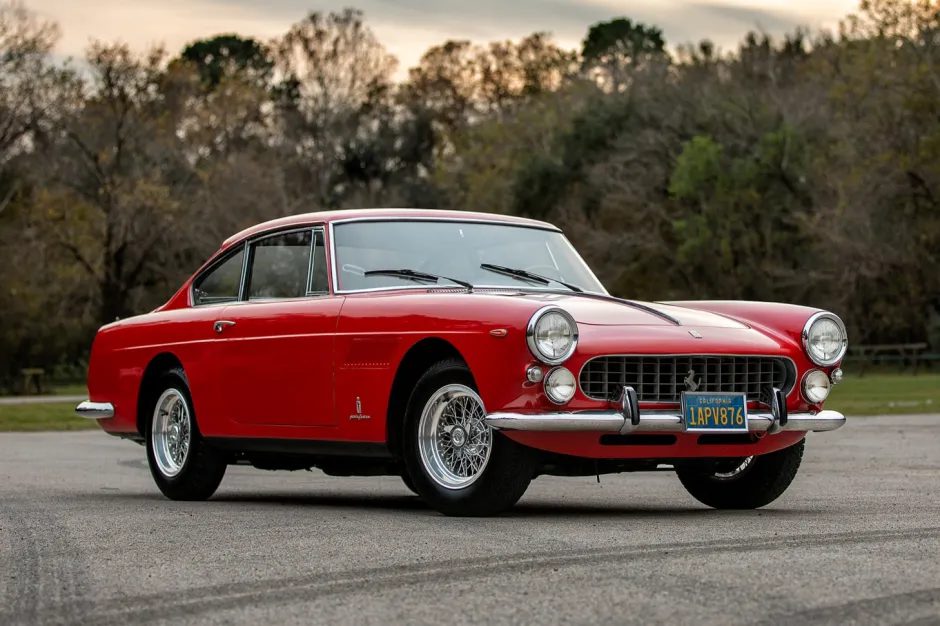
When Jeremy Clarkson publicly dismisses a Ferrari as “the worst ever made,” most collectors run the other way—May sprinted straight toward it. If that’s not friendship, what is? The understated styling flies under the radar of Ferrari spotters who only recognize the red ones from posters.
Restoration consumed two years of May’s life. This particular car served as one of the development mules for Ferrari’s first air conditioning system. The restoration process resembled trying to complete a jigsaw puzzle where half the pieces come from different boxes and the picture keeps changing.
1963 Ferrari 250 GTE (Interior)

The cabin wraps you in buttery leather and puts a classic wooden Nardi steering wheel in your hands. Its 3.0-liter Colombo V12 produces 240 horsepower with the smoothness of melted chocolate. No modern engine sounds quite like this.
Service records from Enzo Ferrari’s personal mechanic came with the car. These turned out to be the automotive equivalent of finding Shakespeare’s original notes. May kept the experimental air conditioning components despite their effectiveness – comparable to having someone occasionally blow cool air in your general direction. The steering wheel carries six decades of hand oils in its grain.
11. 1969 Ford Mustang Boss 429 (Exterior)
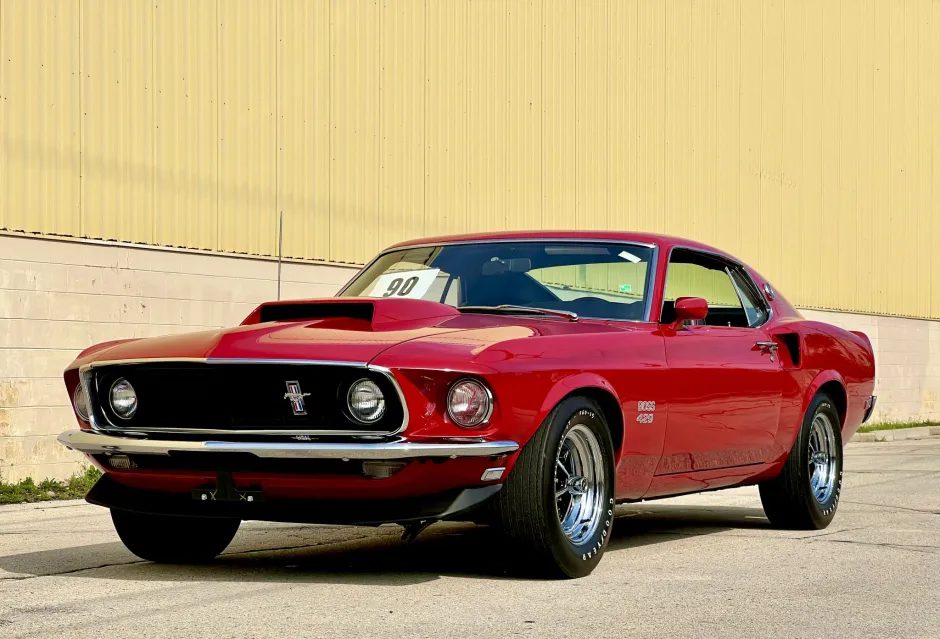
Hiding a NASCAR-derived engine beneath subtle styling, the Ford Mustang Boss 429 delivers supercar performance while flying under the radar of casual observers. May grabbed this example specifically to poke holes in Clarkson’s “all American muscle cars are rubbish” theory. One of just 859 ever built, the bulging fenders had to grow to fit an engine that barely belonged in a road car.
Found in Arizona where it had baked since 1974, the desert climate preserved the sheet metal beautifully. This car tested Ford’s NASCAR-derived engine package before production. The understated styling hides the mechanical monster underneath—exactly like that calm water in Jaws before the shark appears.
1969 Ford Mustang Boss 429 (Interior)
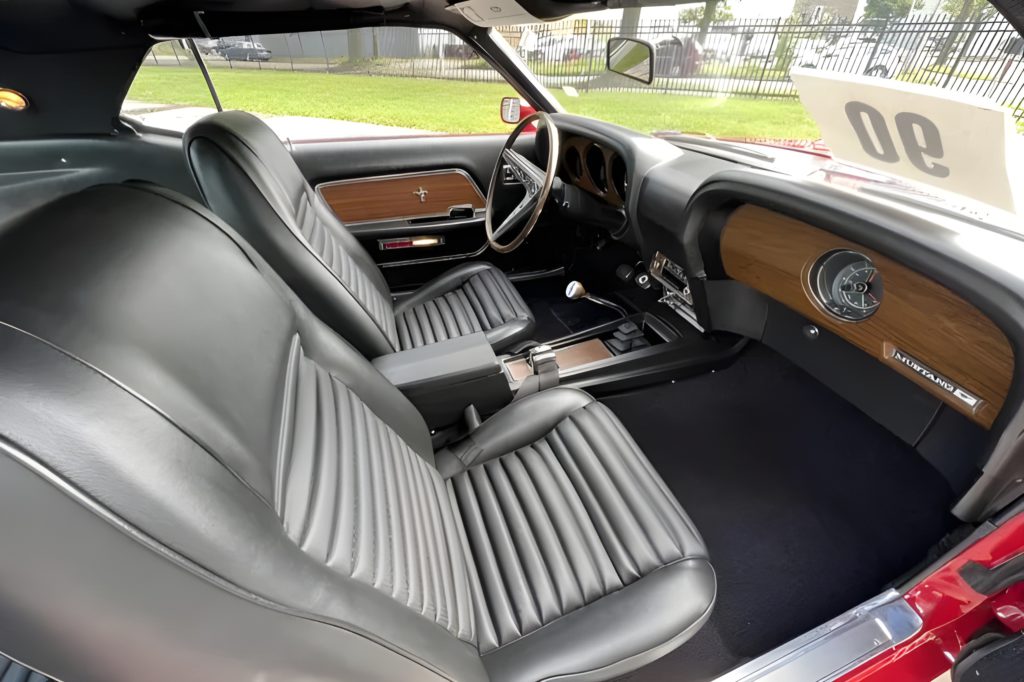
The 429 cubic inch V8 officially puts out 375 horsepower, but that’s about as honest as a politician’s expense report. Ford underreported the numbers so buyers could afford insurance. Real output? Closer to 500 tire-shredding horses.
The interior follows the muscle car minimalist handbook. Everything serves the driving experience and nothing else. The oversized tachometer dominates your view like it’s saying “pay attention to ME, not the speedometer.” Vinyl seats and paper-thin sound insulation mean you’re never not aware of that thundering V8. Comfort was clearly someone else’s department.
10. 1959 Bentley S2 Continental (Exterior)
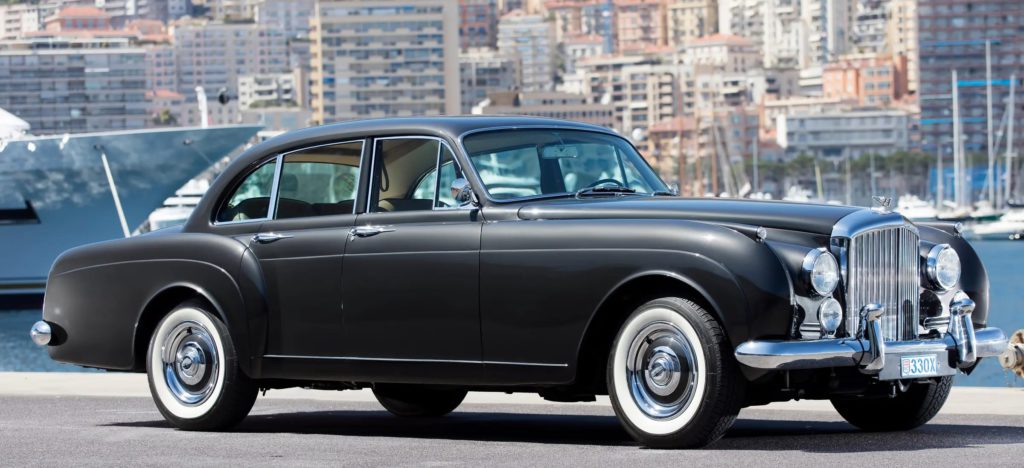
Scenario: Step into a world of opulence and subtle innovation. This 1959 Bentley S2 Continental is
Seventeen different types of wood grace the interior of this 1959 Bentley S2 Continental, a vehicle from the era when luxury meant craftsmanship, not electronics. One of only 388 built, this model was special-ordered with custom picnic tables for those moments when you simply must have tea alongside a country road. The body stretches nearly 18 feet—parking it requires its own zip code.
The experimental aluminum radiator broke new engineering ground. This innovation cooled the massive 6.2-liter V8 more efficiently than copper radiators could. In certain light, you can spot hand-formed panel marks like fingerprints left by craftsmen who probably wore suits to work.
1959 Bentley S2 Continental (Interior)
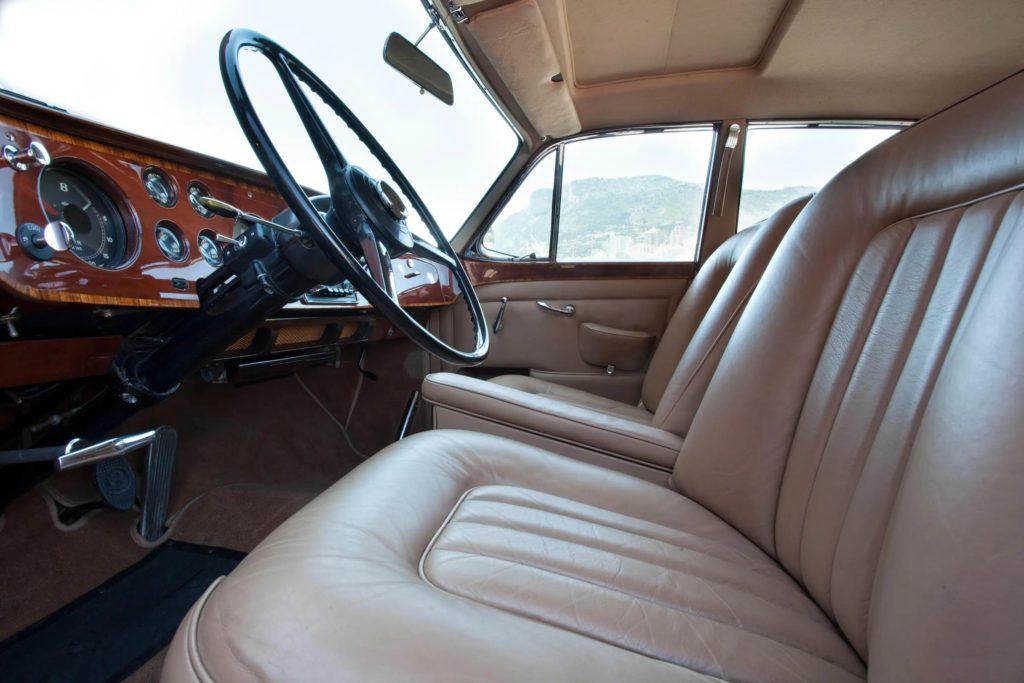
The cabin incorporates 17 different types of wood. Seventeen! That’s more wood varieties than most people can name. Each piece was selected with the care of a jeweler choosing diamonds, creating an atmosphere that makes modern luxury cars feel like plastic toys.
This three-ton behemoth generates about 200 horsepower, which sounds modest until you realize it’s not for racing—it’s for arriving. The car tested Rolls-Royce’s first aluminum radiator design. Sitting inside feels like being admitted to a private club where they already know your drink preference and which newspaper you prefer.
9. 1963 Studebaker Avanti R2 (Exterior)
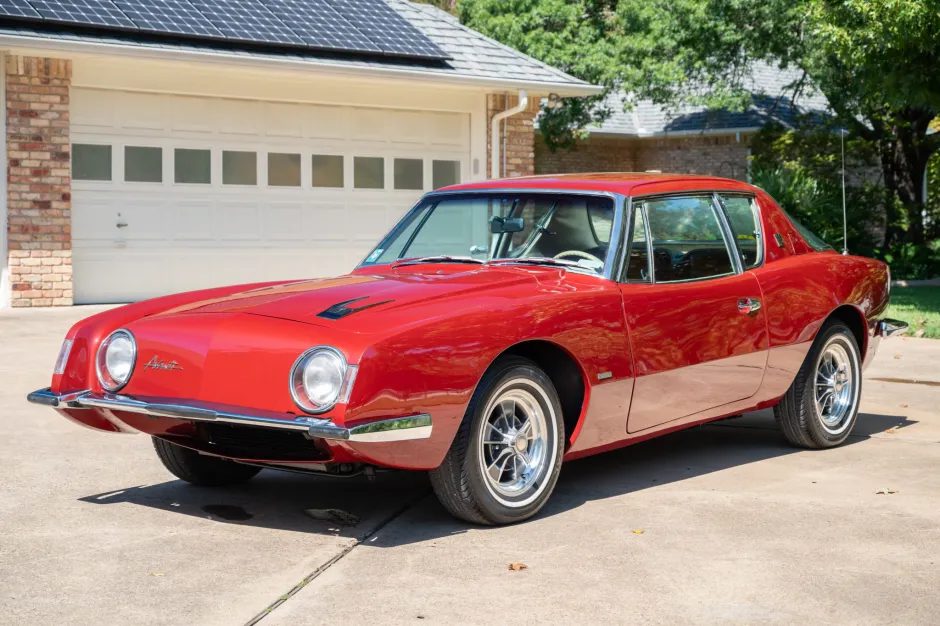
When American automakers were building chrome-laden land yachts in the early 1960s, Studebaker zigged with this fiberglass-bodied, supercharged spaceship called the Avanti R2. It’s one of just 46 R2 models packing a factory supercharged engine with a four-speed manual. The fiberglass body doesn’t even have a traditional grille—like showing up to a black tie event without the tie.
Originally ordered by a California aerospace engineer (who clearly took his work home with him), it captures that brief moment when American design went properly space-age. Found in a Palm Springs garage where it hid since 1975, it remained remarkably preserved. The car could easily roll onto the set of “Back to the Future” without a single modification.
1963 Studebaker Avanti R2 (Interior)
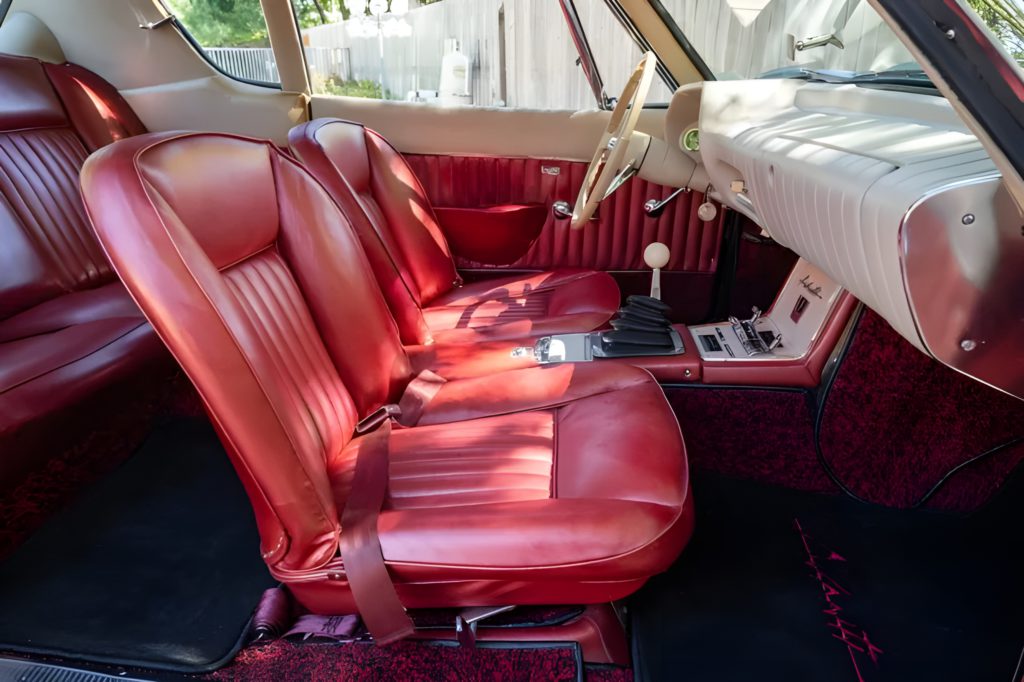
The supercharged 289 cubic inch V8 makes 289 horsepower—a satisfying numerical symmetry. This exact car hit 168 mph at Bonneville back in the day, which must have been terrifying considering 1960s brake technology. Good luck stopping a missile.
The aircraft-inspired interior features a padded dashboard, central console, and bucket seats that wouldn’t appear in mainstream American cars for years. The dashboard even uses electroluminescent lighting instead of bulbs, creating a glow that looks straight out of The Jetsons. Detroit wasn’t supposed to be this creative.
8. 1985 Ferrari 308 GTB QV (Exterior)
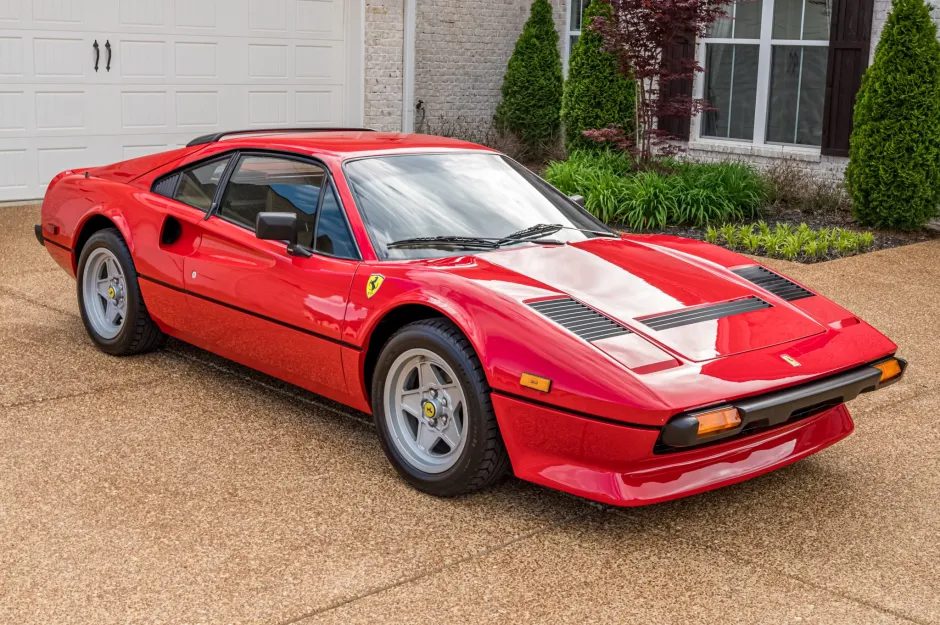
Carbureted rather than fuel-injected, this 1985 Ferrari 308 GTB QV offers a mechanical purity and throttle response that modern electronics simply cannot replicate. QV stands for Quattrovalvole (four valves per cylinder)—Italian for “we found a way to make this engine breathe better.” The wedge shape basically wrote the design template for bedroom wall posters throughout the 1980s.
Found with just 12,000 miles, this car barely got broken in. Factory test sheets show it makes seven more horsepower than standard—like finding out your regular coffee accidentally got an extra shot of espresso. And yes, it’s essentially Magnum P.I.’s car, though Thomas Magnum would have needed several more cases to afford one.
1985 Ferrari 308 GTB QV (Interior)
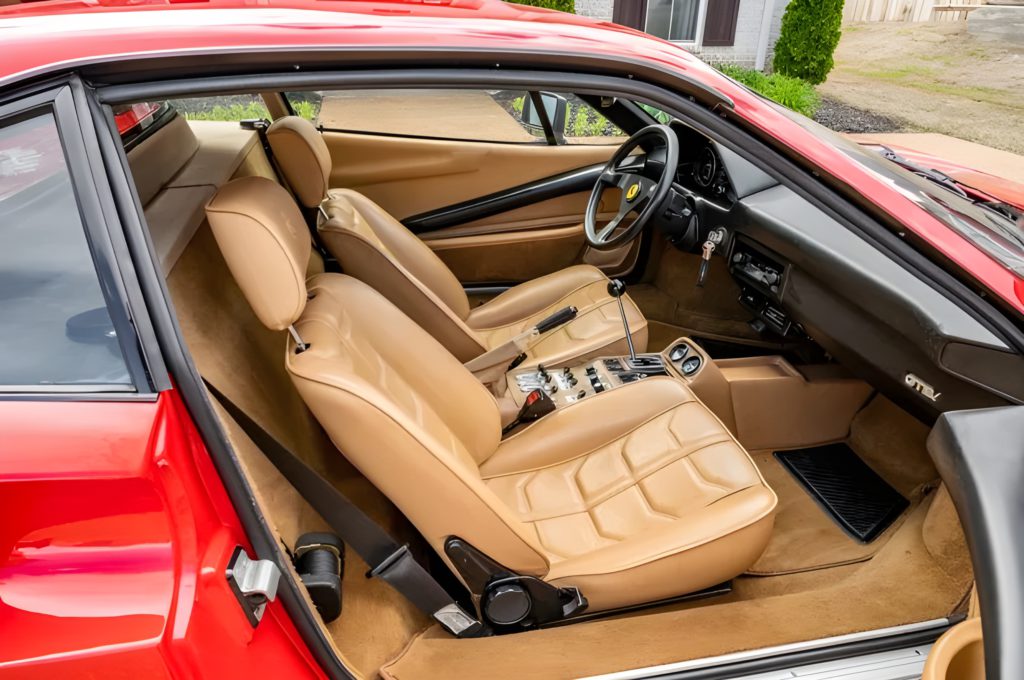
The cockpit wraps around you like a tailored Italian suit. Its 2.9-liter V8 produces 240 horsepower, which sounds modest until you’re sitting six inches off the ground with no electronic nannies to save you from yourself.
Originally owned by a Swiss banker with apparently better things to do than drive his Ferrari, the leather looks nearly new. The gated shifter—that beautiful metal grid—makes changing gears feel like unlocking a safe. The analog gauges tell you exactly what’s happening without notifications, updates, or friendly suggestions about your route.
7. 1977 Triumph Dolomite Sprint (Exterior)
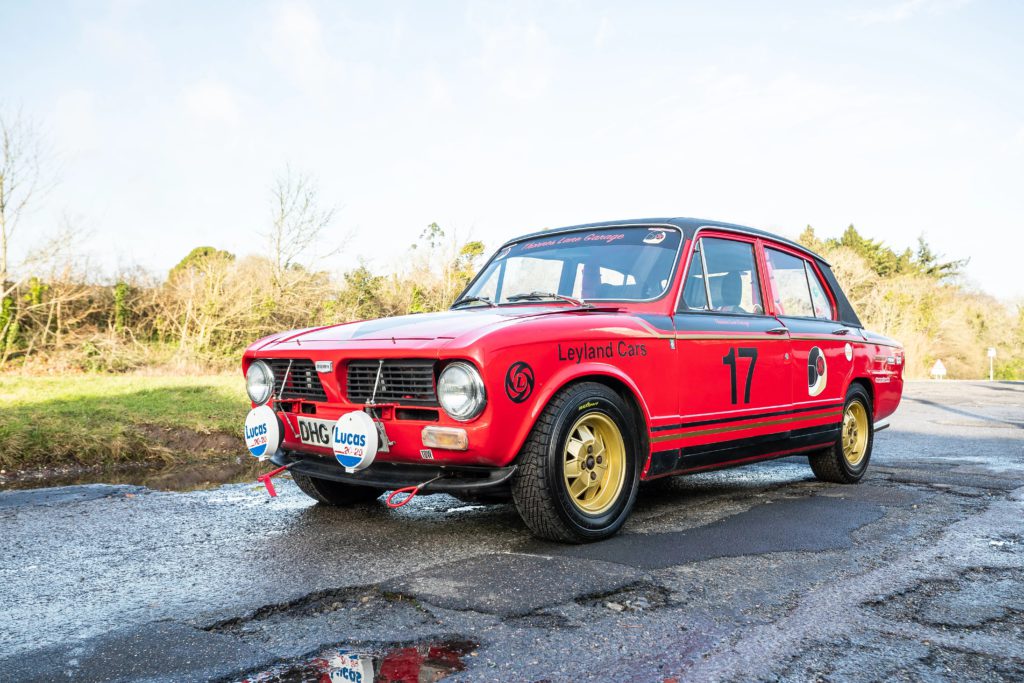
History’s first mass-produced 16-valve engine lives inside this unassuming British sedan, a revolutionary breakthrough disguised as a mundane family car. Sometimes innovation wears very boring clothes.
This particular car served as a development mule for British Leyland’s racing program. It packs an experimental aluminum cylinder head and competition-spec Weber carburetors. These are the vehicles you’ve never seen before but need to experience to understand their historical importance. The exterior looks about as exciting as a cardigan, but that’s its superpower—like that unassuming diner in “Pulp Fiction” where all the most memorable scenes happen.
1977 Triumph Dolomite Sprint (Interior)

The 2.0-liter 16-valve engine makes 127 horsepower, which sounds laughable until you realize this technology made every modern high-revving four-cylinder possible. May found this hidden gem in a Birmingham lockup where an ex-British Leyland engineer had squirreled it away since 1980.
During restoration, May preserved certain “manufacturing features” (let’s not call them flaws) as historical evidence. The wood-veneer dashboard probably came from the same forest as your grandmother’s coffee table. Every quirk, every slightly misaligned panel, every British Leyland “that’ll do” moment remains factory authentic.
6. 1969 Lamborghini Espada (Exterior)
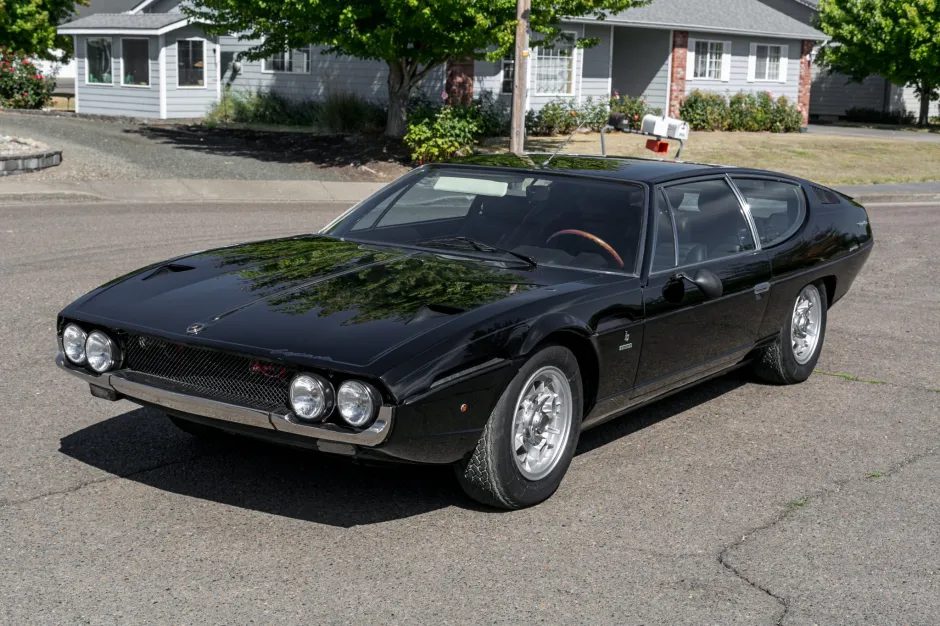
Supercar owners facing the practical problem of carrying passengers found salvation in the Espada, which offered V12 performance while seating four adults comfortably. This 1969 Series 1 model (one of just 176 built) prioritized taking four people and their luggage across Europe at high speed. Its nearly flat roofline and huge glass area make it look like a spaceship designed by people who still wore suits to dinner.
Originally owned by an Italian philosophy professor (who presumably contemplated the meaning of speed), it brings intellectual credentials alongside performance. Found in Milan, its four-seat layout made it practical for family use. The entire design looks wrong on paper but works in practice—like pineapple on pizza if you’re brave enough to admit you like it.
1969 Lamborghini Espada (Interior)
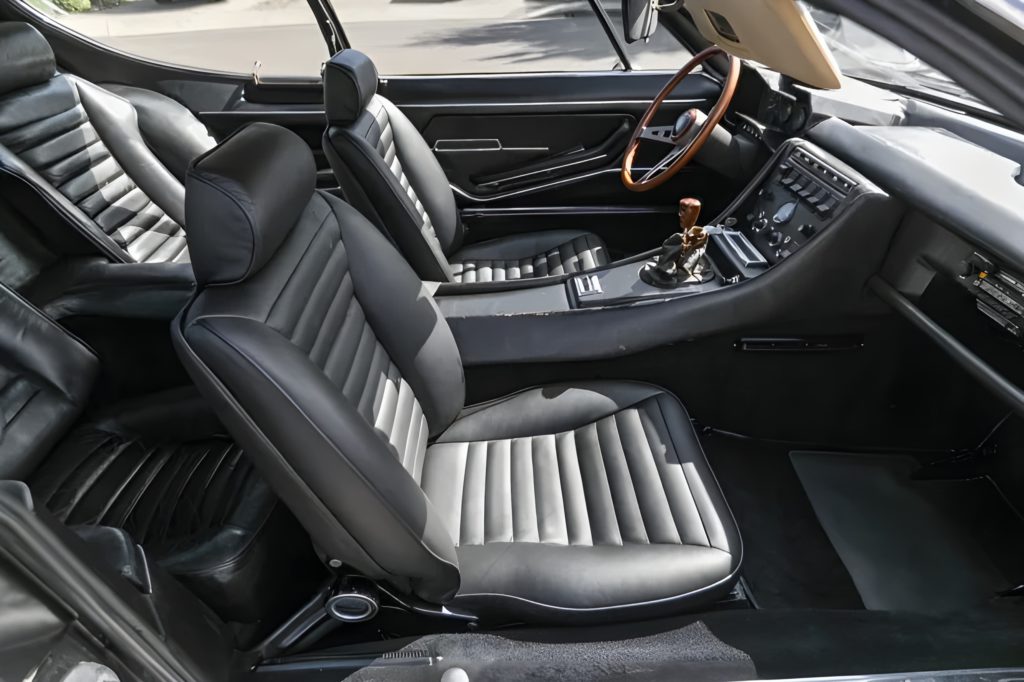
The cabin comfortably fits four adults, which makes as much sense in a Lamborghini as a sensible budget plan at a casino. Its 4.0-liter V12 produces 325 horsepower and sounds like an opera performed by mechanical angels.
This particular car tested Lamborghini’s first air conditioning system. The wooden dashboard contains enough gauges to monitor a small power plant. Six Weber carburetors need constant adjustment—like having six temperamental cats that all need different food at different times. May handles this tuning personally, probably while muttering technical obscenities.
5. 1973 Alfa Romeo GTV 2000 (Exterior)
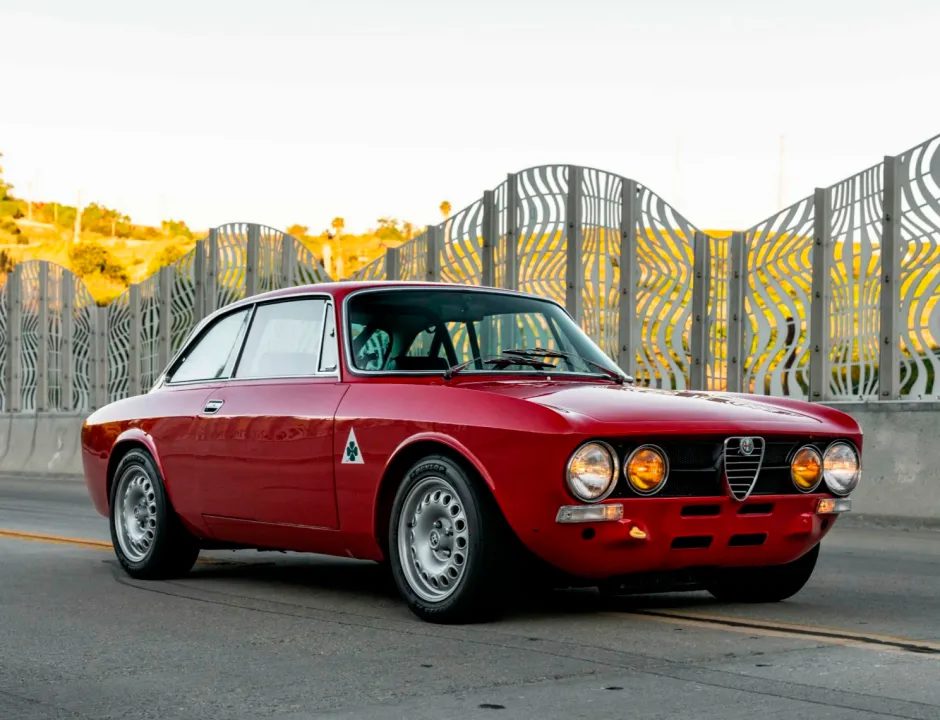
If you’ve only experienced export-market Alfa Romeos, this European-specification GTV 2000 reveals what Italians kept for themselves—higher compression, lighter panels, and purer performance. It packs high-compression engine bits and lightweight body panels that Americans and Brits never got. The compact design proves Italians could do more with less metal than anyone else.
May rescued it from a Florence workshop where it had been “under restoration” for 15 years (which in Italian restoration terms means “occasionally looked at while drinking espresso”). The car tested Alfa’s experimental electronic ignition system—technology we now take for granted every time we start a car without flooding the engine.
1973 Alfa Romeo GTV 2000 (Interior)
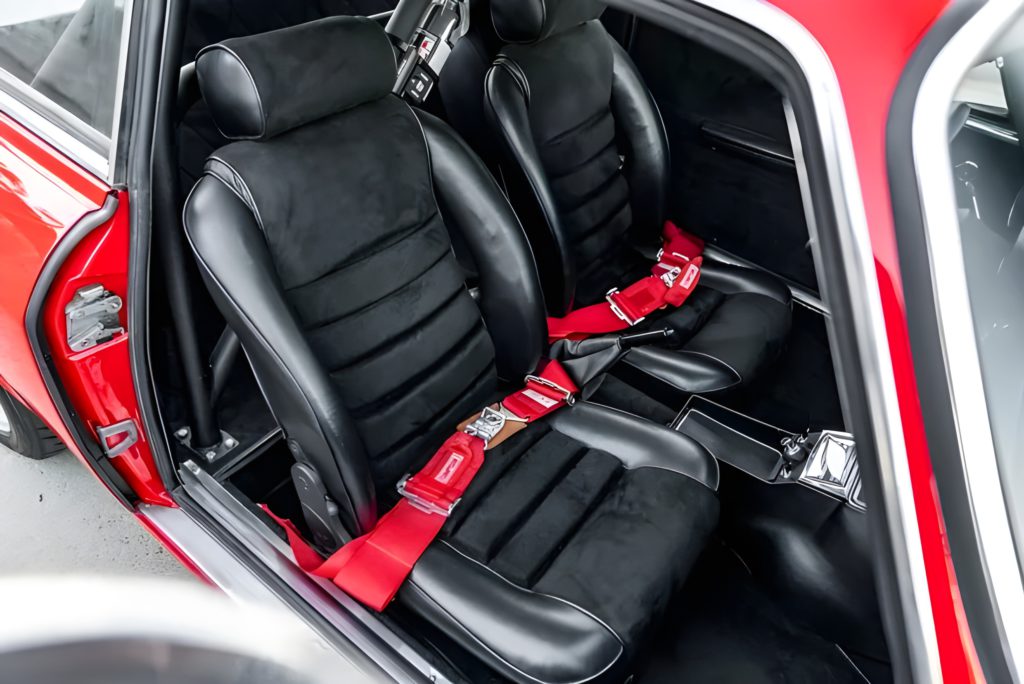
The 2.0-liter twin-cam engine pushes 130 horsepower through a chassis balanced like a gymnast. Originally owned by a Rome orchestra conductor, which explains why everything works together in perfect timing. The previous owner clearly knew harmony when he felt it.
Driving this Alfa feels like being the conductor of a mechanical orchestra. Each part contributes its voice at exactly the right moment. The wood-rimmed steering wheel and uncluttered instruments let you focus entirely on the road. Nothing electronic interrupts the pure connection between driver, machine, and Italy’s suspiciously narrow mountain roads.
4. 1968 Ford GT40 MK3 (Exterior)
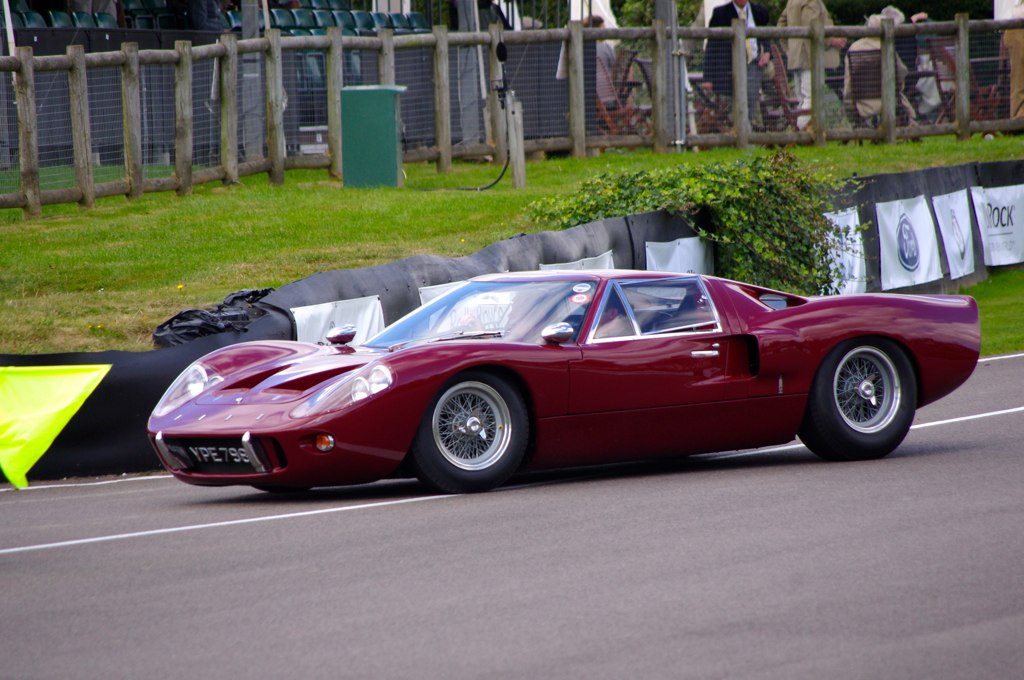
Just seven road-legal examples of Ford’s Le Mans-winning GT40 ever left the factory, making this MK3 version approximately as rare as finding a dinosaur in your garden. The body hunkers just 40 inches off the ground—hence the name—making modern supercars look like tiptoeing ballerinas.
This specific car served as the development mule for Ford’s road car program that ultimately got shelved. May spent four years restoring it—approximately the time it takes to earn a college degree. Street-legal modifications include raised headlights and extra cooling vents compared to the race versions that famously humiliated Ferrari at Le Mans.
1968 Ford GT40 MK3 (Interior)
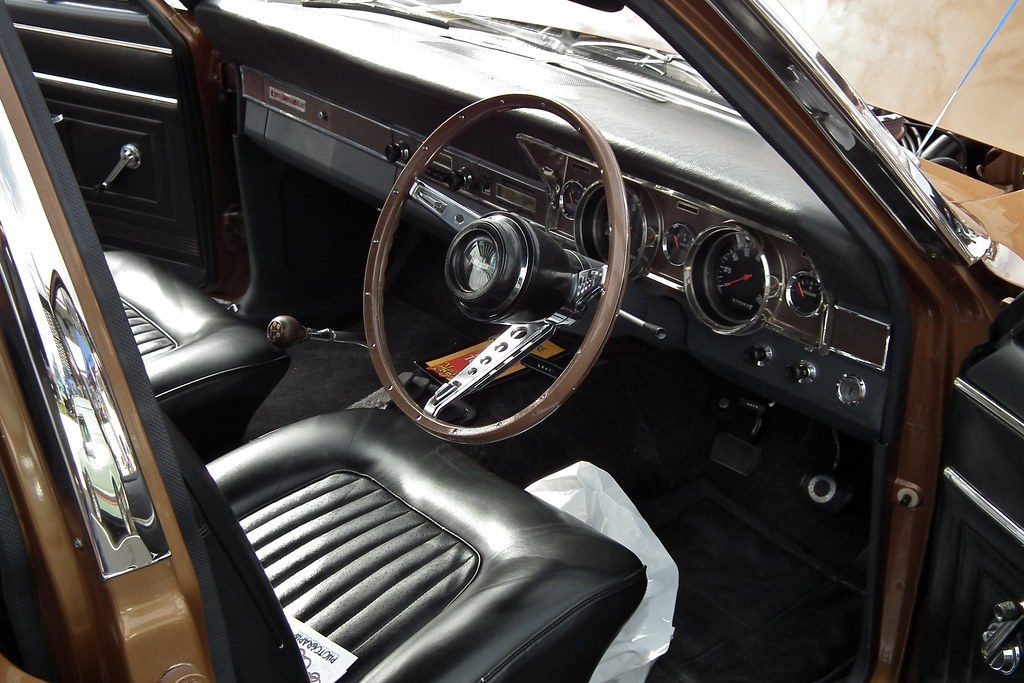
The cabin contains the experimental air conditioning system developed specifically for road use (which works about as effectively as waving a damp napkin). Its 289 cubic inch V8 produces 306 horsepower—tamer than the race version but still wild enough to rearrange your face under hard acceleration.
May calls this car “The one that almost wasn’t,” reflecting Ford’s waffling about making road versions. It’s like finding the beta version of your favorite video game—everything looks familiar but with experimental features that never made it to release. Getting inside requires yoga skills most people don’t possess. this car “The one that almost wasn’t,” reflecting Ford’s waffling about making road versions.
3. 1963 Rolls-Royce Silver Cloud III (Exterior)
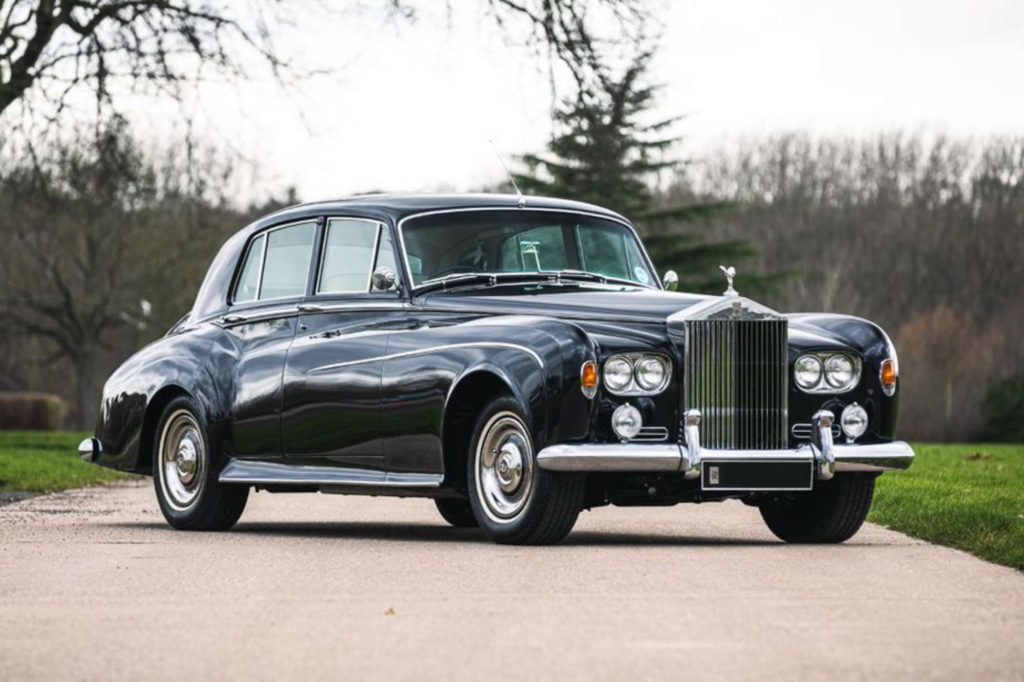
Experimental aluminum body panels reduced weight while preserving the imposing presence of this 1963 Rolls-Royce, one of just 12 built with this forward-thinking modification. It’s like finding out your stately mansion has a secret titanium frame. The hand-formed curves demand viewing from multiple angles to fully appreciate.
Originally ordered by a British lord (because of course it was), it includes 26 unique features not found on standard models. Restoration required tracking down the son of the original wood craftsman. Finding him was harder than locating that one guy who remembers how grandma made her secret recipe. The stately design somehow manages to look both imposing and elegant—like Darth Vader in a perfectly tailored tuxedo.
1963 Rolls-Royce Silver Cloud III (Interior)
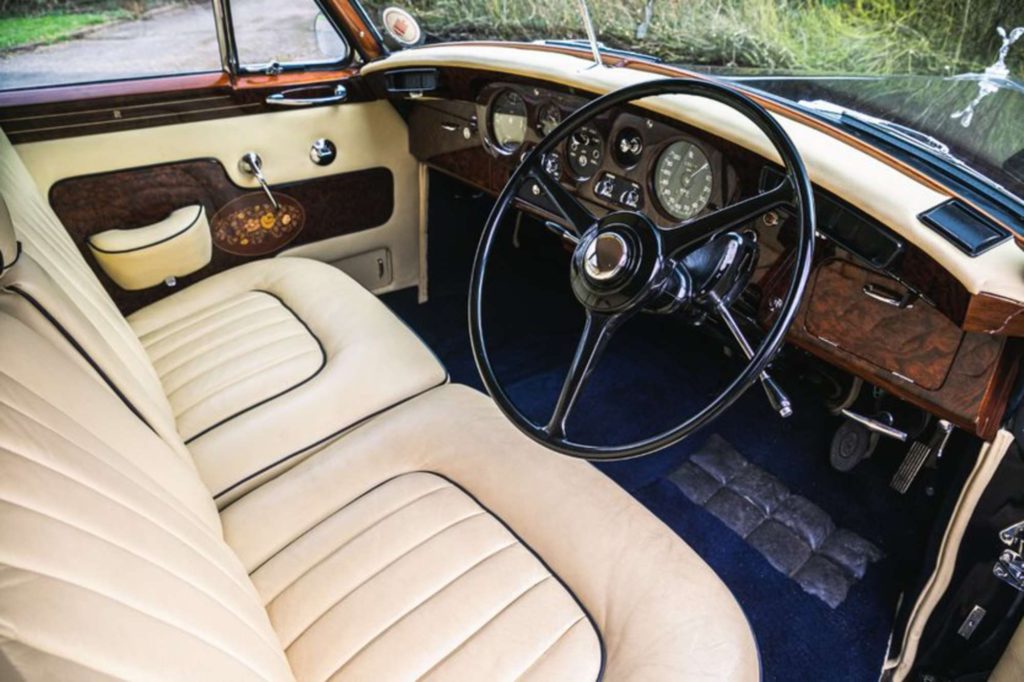
The 6.2-liter V8 moves this massive vehicle with surprising authority. The cabin features a bespoke drinks cabinet with crystal decanters monogrammed with the original owner’s initials. Because when you own a Rolls-Royce, thirst becomes an emergency approximately never.
May preserved unique interior specifications during restoration, including custom seat piping and special lambswool carpets so thick your feet might get lost. Each control operates with precise mechanical action. The craftsmanship comes from an era when “handmade” didn’t mean “someone posted a DIY video about it.”
2. 1957 BMW 507 (Exterior)
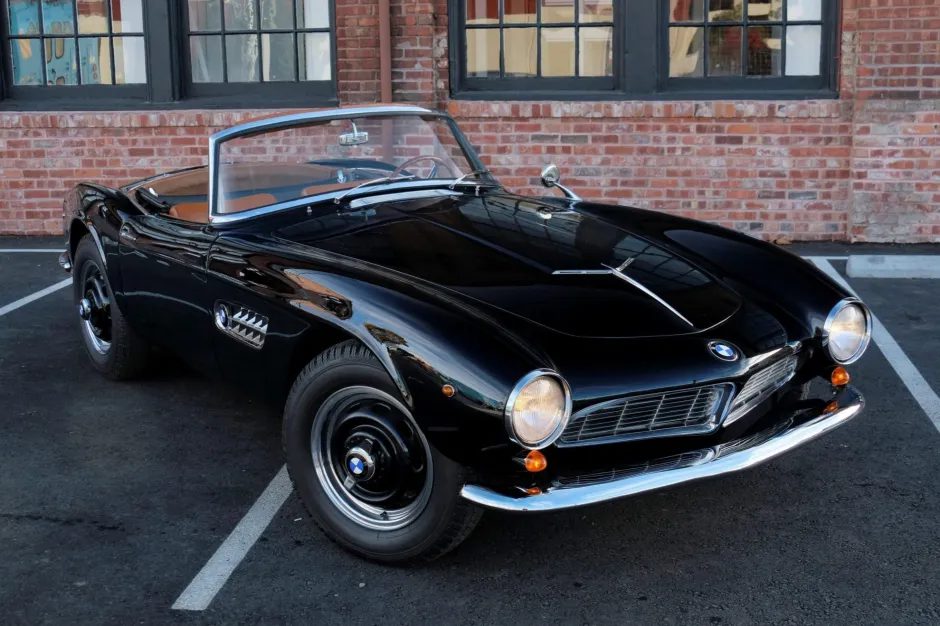
When BMW needed to impress Europe’s most demanding journalists in 1957, they handed over this exact 507 roadster for press events, knowing its hand-formed aluminum body would stun the automotive world. The car stands as proof that Germans occasionally let their hair down. This model belongs to an exclusive club with just 252 members worldwide.
Found in Switzerland where it had hibernated since 1975, restoration consumed five years of May’s life. The process involved such specialized skills that watching it happen would be like observing brain surgery performed with watchmaking tools.
1957 BMW 507 (Interior)
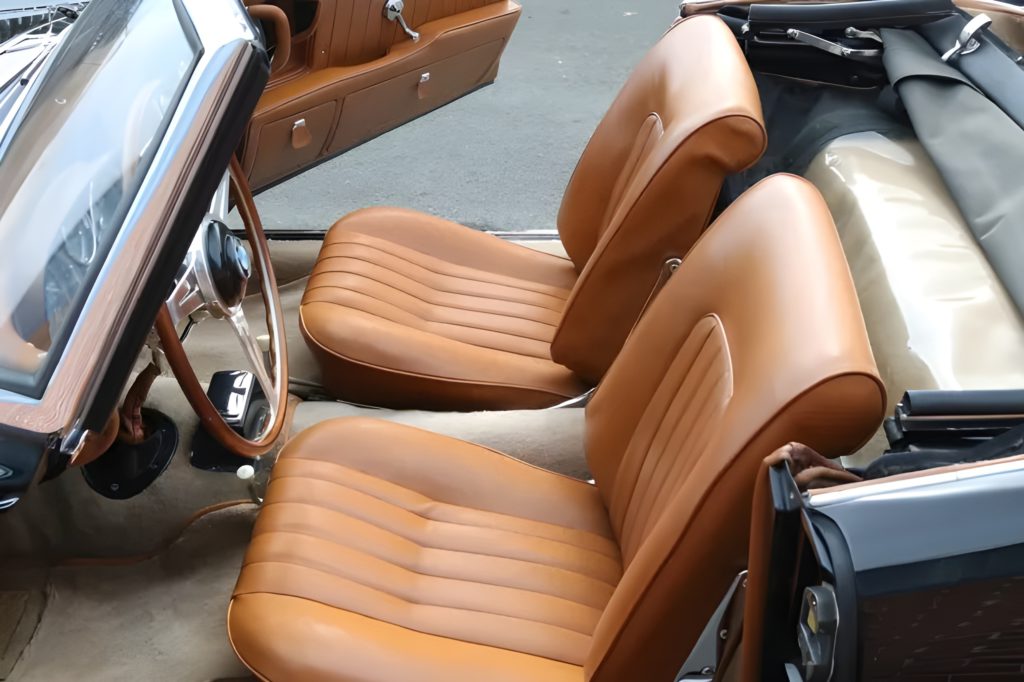
The 3.2-liter V8 produces 150 horsepower and a soundtrack May describes as “mechanical jazz.” The simple cockpit focuses entirely on driving—no distractions, no compromises, no cup holders. Germans hadn’t discovered coffee breaks yet, apparently.
May had the original leather pattern recreated despite its deteriorated condition. Finding the correct material required consulting three different tanneries. The large steering wheel lacks power assistance, providing arm-day workouts with every parking maneuver. BMW’s engineering philosophy comes through clearly: the car demands your full attention like a strict but brilliant professor.
1. 1967 Ferrari 330 GTC (Exterior)

Combining Ferrari performance with grand touring comfort seemed impossible until the 330 GTC arrived, offering V12 power alongside experimental sound insulation and air conditioning. This 1967 model is one of just three built with these comfort-enhancing features. Finding one is like discovering a unicorn that also knows how to make perfect espresso.
Originally ordered by an Italian industrialist who apparently wanted to arrive quickly yet comfortably, the Pininfarina-designed body combines elegance with sporting intent. May spent three years hunting down the correct shade of rosso paint using original Ferrari archive samples. The color-matching process required the precision of a bomb disposal expert
1967 Ferrari 330 GTC (Interior)
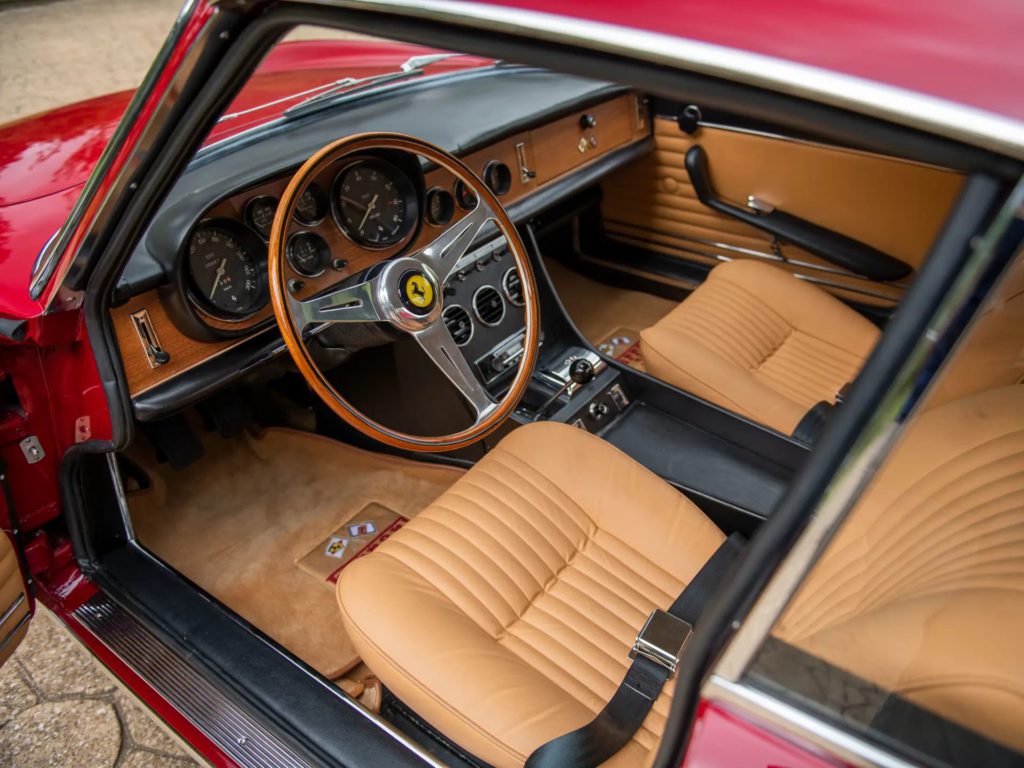
The 4.0-liter Colombo V12 delivers 300 horsepower with mechanical symphony that makes modern engines sound like blenders. Factory test driver’s notes complained this car was “too comfortable for a proper Ferrari”—possibly the most Italian criticism ever written.
May preserved the leather interior rather than restoring it, keeping the patina earned through decades of careful use. The wood-rimmed steering wheel frames simple gauges that tell you everything without digital distractions. Driving this car connects you to an era when Ferraris weren’t made for social media posts but for actual driving pleasure on winding Italian roads.









